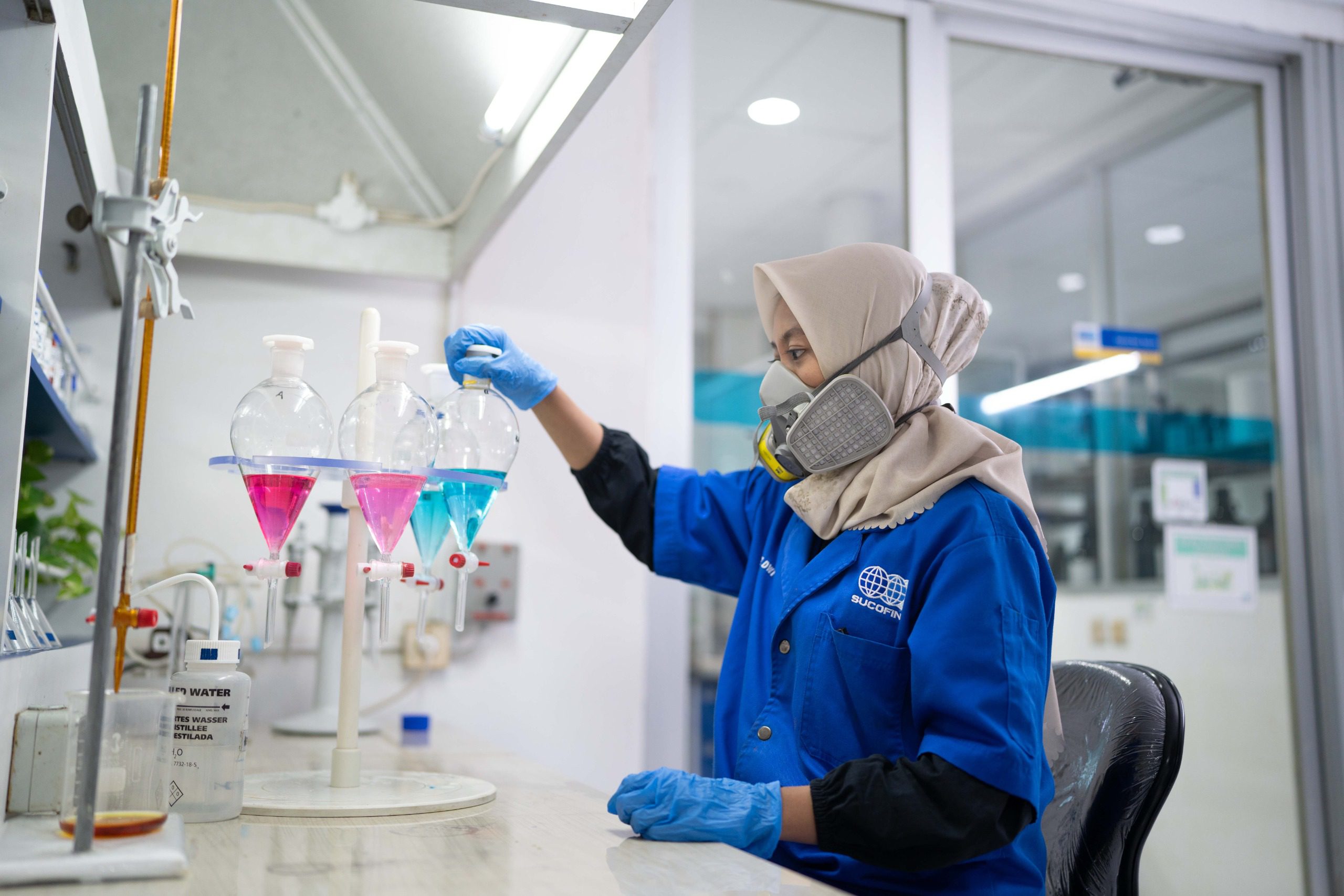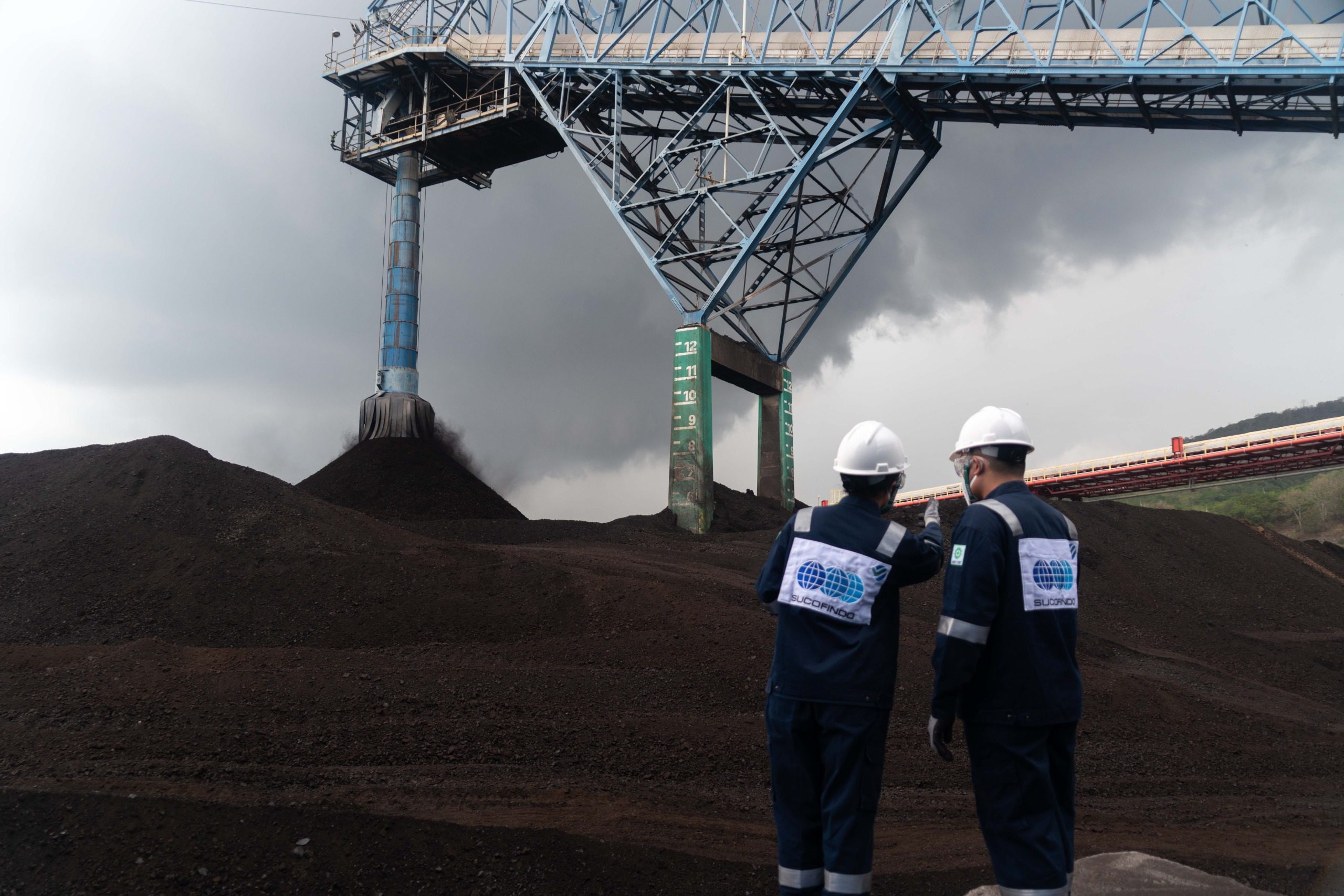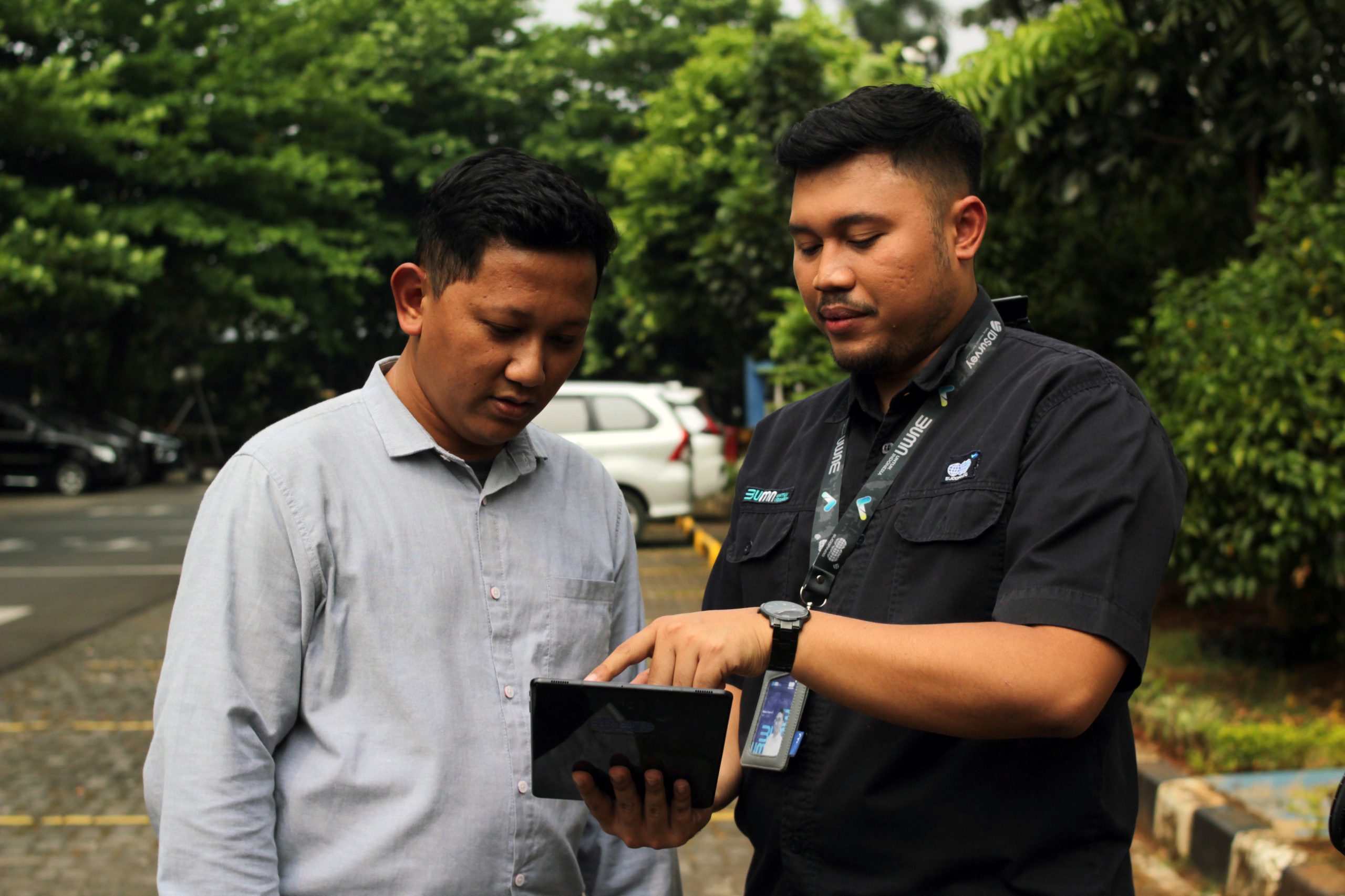Workplace environmental monitoring involves the observation and evaluation of various aspects of the work environment to ensure a safe, healthy, and compliant working condition. This includes monitoring various factors that can affect the well-being and health of employees, as well as the environmental impacts that may arise from company operations. The goal of workplace environmental monitoring is to create a safe, healthy, and sustainable work environment, ensuring that the company complies with applicable regulations and standards.
How to Conduct Workplace Environmental Monitoring?
Workplace environmental monitoring is a crucial step in ensuring the safety, health, and well-being of employees in the workplace. Here are several actions that companies can take to monitor the work environment:
- Air Quality Monitoring: Companies can monitor indoor air quality to detect potential air pollution that may affect employee health. This involves measuring levels of gases, particulates, vapors, and hazardous fumes.
- Chemical and Hazardous Material Monitoring: Companies should monitor the use of hazardous chemicals in the workplace. This includes monitoring the storage, usage, and disposal of chemicals, as well as monitoring employees’ exposure to hazardous substances.
- Wind Speed Measurement: If the workplace involves outdoor activities, such as construction or agriculture, companies can monitor wind speed to assess the risk of extreme weather or wind speeds that may endanger employees.
- Temperature Measurement: Monitoring temperature in the workplace is crucial to avoid potential heat fatigue or hypothermia. Excessively high or low temperatures can negatively impact employee health.
- Noise Monitoring: Workplace noise monitoring is important to protect employees from hearing damage due to excessive noise exposure. Companies can monitor noise levels and take appropriate actions to protect their employees.
- Radiation Monitoring: If a company operates in sectors that involve radiation, such as nuclear or medical sectors, radiation monitoring is crucial to protect employees from excessive exposure.
- Indoor Air Quality Monitoring: Monitoring indoor air quality can help detect issues such as cigarette smoke, kitchen smoke, or excessive humidity, which can affect air quality in the workplace.
- Light Monitoring: Monitoring light conditions in the workplace is essential to ensure adequate lighting for tasks performed by employees. Inadequate lighting can affect the health and productivity of employees.
- Vibration Monitoring: Vibration monitoring is relevant in sectors like construction or manufacturing where employees are exposed to excessive vibrations. Excessive vibrations can impact the bone and muscle health of employees.
- Monitoring Food and Beverage Area Air Quality: If a company provides food and beverages in the workplace, monitoring the quality of drinking water and food cleanliness is crucial to protect employee health.
- Monitoring Employee Exposure to Chemicals in the Workplace: This includes monitoring employee exposure to hazardous chemicals, dust, smoke, or vapors during production processes or specific tasks.
Workplace environmental monitoring helps companies ensure compliance with safety and health regulations and provides a safe and healthy work environment for employees. The monitoring results can be used to identify potential risks and take appropriate corrective actions to protect employees.
Benefits of Workplace Environmental Monitoring
Workplace environmental monitoring brings several benefits to companies. It involves monitoring and evaluating the environmental conditions in the workplace to protect the health and well-being of employees and ensure compliance with environmental regulations. Here are some key benefits of workplace environmental monitoring:
- Employee Health Protection: Monitoring the work environment helps detect factors that may jeopardize employee health, such as exposure to hazardous substances, hazardous working conditions, or indoor air pollution. This enables companies to take preventive actions to protect employee health.
- Compliance with Regulations: Workplace environmental monitoring allows companies to comply with applicable safety and health regulations. This helps avoid legal sanctions, fines, and legal claims that may arise from violations.
- Risk Reduction: By monitoring the work environment, companies can identify potential risks and take preventive actions to reduce the likelihood of accidents, injuries, or workplace-related illnesses.
- Improved Work Quality: A safe and healthy work environment enhances work quality, productivity, and employee well-being. Employees who feel safe and comfortable in the workplace are likely to perform better and be more satisfied.
- Cost Reduction: Identifying and addressing workplace environmental issues early can help reduce long-term costs associated with injuries, employee turnover, or recovery from adverse environmental impacts.
- Enhanced Company Image: Companies committed to employee safety and health tend to have a better image in the eyes of stakeholders, including employees, customers, and the community. This can improve trust and the company’s reputation.
- Employee Engagement: A safe and healthy work environment creates a positive work climate and can enhance employee engagement. Employees who feel cared for and protected by the company are likely to be more loyal and contribute positively.
- Community Safety: Efforts to monitor and manage environmental impacts in the workplace also help protect the surrounding community from risks and negative impacts associated with company operations.
- Environmental Risk Management: Workplace environmental monitoring helps companies manage the risks of environmental pollution and maintain the sustainability of their operations.
- Meeting Customer and Business Partner Expectations: Customers and business partners are increasingly focused on sustainable practices and corporate social responsibility. Companies prioritizing a safe and sustainable work environment can meet stakeholders’ expectations and gain support.
Workplace environmental monitoring is not only an ethical responsibility but also a crucial practice for maintaining business sustainability, productivity, and reputation.
For more information about inspection and audit services and the Mineral Mining Sector, you can read our article here. If you and your company need further information regarding our services, please contact and consult with us here.







